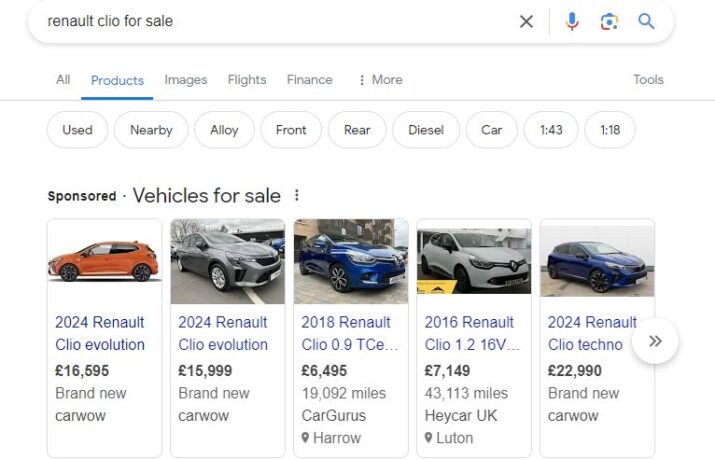Google has recently changed the name of standard Performance Max to Performance Max for online sales or lead generation and Performance Max Retail to Performance Max for online sales with a product feed.
A rose by any other name might still smell as sweet. But even as they’ve stayed the same species how do these two roses within Google Ads’ garden differ?
Performance Max for retail is an ad campaign type that builds on your Google shopping campaign, while bringing in the most valuable features of Performance Max. This enables you to leverage the account inventory from within your Merchant Center accounts with all the clever automatic weapons at Performance Max’s disposal.
Before we go into more detail, how about a brief recap of what Performance Max campaigns actually are?
What is Performance Max?
Performance Max is an all-encompassing campaign format that puts your conversion goals above all else.
This should not be mistaken for one-size fits all. Rather it offers a structure that allows you to set the CPA or ROAS aims of the campaign, provide the assets, audience signals and data feeds, and basically let Google play mix and match. That means that bidding, budget optimisation, audiences, creatives, attribution and – most significantly – on which of Google’s properties you appear, are all decided by AI. As well as search (naturally) you could find yourself showing ads on YouTube, Display, Discover, Gmail and Google Maps. All within the single campaign.
If that sounds a bit black box-y, it needn’t be. It’s true that you are obliged, to a reasonable extent, to trust in the tool. Also to be more flexible with what it comes up with than you might initially feel comfortable. A campaign manager wants to be campaign managing, after all.
Performance Max campaigns will, however, tell you everything about what within your campaigns is and isn’t working. You are then free you to eliminate those that aren’t effective, while identifying new conversion streams that you might not previously have conceived.
What are the benefits of Performance Max Retail over standard smart shopping campaigns?
You will have spotted that among the Google properties listed in the introduction to Performance Max, Google Shopping was not among them (except indirectly, linked to search.) That’s because in order to run them, you will need a Merchant Centre Account (which many advertisers either simply don’t, or isn’t applicable to them) linked to your Pmax campaign.
But Google shopping ads are as much part of the advertising landscape as their text brethren. They will benefit just as much from a Pmax boost. If you’re a retailer using Google Shopping campaigns, you’re going to want to at least try Performance Max Retail.
The advantages of Pmax Retail over shopping include:
Language targeting based on Merchant Center feed or campaign criteria
Final URL expansion – allowing you to replace your Final URL with a more relevant landing page based on the user’s search query and intent, and to customize a dynamic ad headline that matches your landing page content
All stores are targeted when the Store Visit goal is selected
The ability to set conversion goals on a per-customer or per-campaign basis
For want of a better way of putting it, Performance Max Retail is Google Shopping on steroids.
Just as with Performance Max the conversion is the thing. Unlike in a standard Pmax campaign, you’re providing an even more valuable asset source, by way of real time inventory and product data, to inform the ad creation and targeting. Compared to your normal Shopping campaign, you’re going searching for customers and converting them, rather than waiting around for them to come to you.
If you already have a Merchant center account it’s very simple to add it to your Pmax campaign and make it Pmax retail. All you have to do is change the settings within Performance max to tell it to be retail, apply your Merchant center ID and finally provide a Feed Label. The Feed Label can be either a product feed, which means the campaign will only target the products in that feed, or a two-letter country code, which will allow you to target all products from that country.
Google Ads will then go to work, using everything you’ve given it by way of assets to automatically create and serve a wide range of ad formats to all sorts of audiences, in all kinds of spaces.
Just as with standard shopping ads, if a product is no longer available and drops out of your feed, it will not not be used to create an ad.
The amount of latitude you give Performance Max Retail will be up to you – just as with Performance Max (and in a similar way with standard Shopping) you have control over the limits – but if you’ve ever seen anything resembling Google Shopping ads popping up in surprising places, chances are they’ve been created using Performance Max Retail.
Go wild in the aisles and see what Performance Max Retail can do for you.
The post What’s the difference between Performance Max and Performance Max for Retail? first appeared on PPC Hero.



Leave a Reply